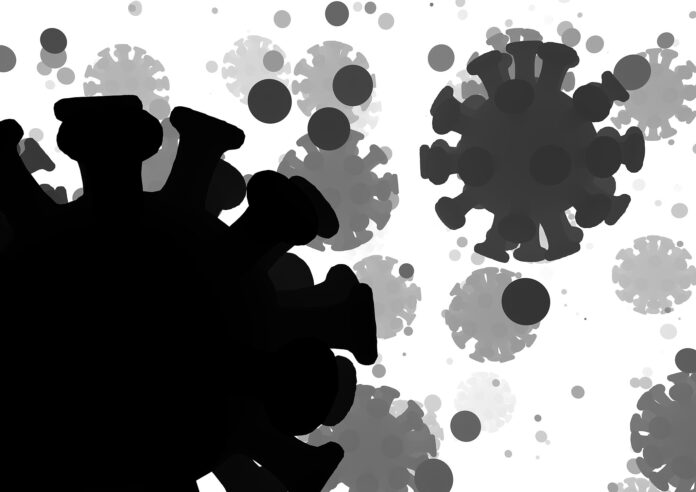
According to the province’s respiratory illness surveillance report the report will now be bi-weekly.
The province announced the change in the previous report, which was available earlier this month but there was also a glitch with the reports system.
According to the new report COVID-19 has decreased in Saskatchewan.
The reporting period was from Sept. 10 to 23.
COVID-19 activity has increased over the past month from an average of 95 positive tests in the previous three weeks to 159 in the most recent surveillance week. Test positivity for the most recent surveillance week was 9.5 per cent.
The number of positive lab tests for COVID-19 increased from 96 in the week ending Sept. 9 to 159 in the most recent week.
COVID-19 cases were highest amongst 65+ years (48.9 per cent), followed by 20 to 64 years (43.9 per cent).
In July the Saskatchewan Health Authority (SHA) took over wastewater data from the University of Saskatchewan and the University of Regina.
Regina and Saskatoon had the highest viral loads in wastewater, with similar weekly trend increments recorded in Central East areas. Other areas of the province had relatively stable and decreasing trends in viral loads.
Test positivity for COVID-19 in the North Central region was 13 per cent. For influenza, test positivity was 0.0 per cent.
These are only lab-confirmed cases and not rapid antigen test-confirmed cases.
The province warns that rates should be interpreted with caution because they do not include cases detected by home rapid-antigen test kits.
In the last two weeks, two COVID-19 associated-deaths were reported . It is not known how many deaths occurred in North Central over this period.
The report shows there are currently 39 hospital admissions and four ICU admissions.
COVID-19 hospitalizations have increased from 91 for the preceding four weeks to 141 for the most recent four weeks. COVID-19 ICU admissions have increased from 10 for the preceding four weeks to 13 for the most recent four weeks.
The proportion of staffed inpatient beds occupied by COVID-19 patients increased to 2.1 per cent for the most recent week.
There were 11 COVID-19 outbreaks were reported in a high-risk setting in the past two weeks.
Of those aged five years and older, 2.3 per cent have received their latest booster dose in the last six months. Except for Regina, all areas of the province have less than 50 per cent of their population up-to-date for COVID-19 vaccines.
Influenza and COVID-19 vaccines will be available in Saskatchewan effective Oct. 10.
The report also included the school absenteeism data. School-illness absenteeism data did not change much over the last four reporting weeks. The data indicated 12.1 per cent of Saskatchewan students were absent due to illness in the week of Sept. 17 to 23, which slightly increased to 8.6 per cent in the most recent surveillance week.
As of Oct. 13, 2022 the Ministry of Health launched the community respiratory illness surveillance program (CRISP) report to integrate COVID-19 surveillance and reporting with provincial respiratory illness and surveillance reporting, including influenza.
The report standardizes the epidemiological information required for respiratory illness surveillance and risk management and will be issued bi-weekly during respiratory illness season.

